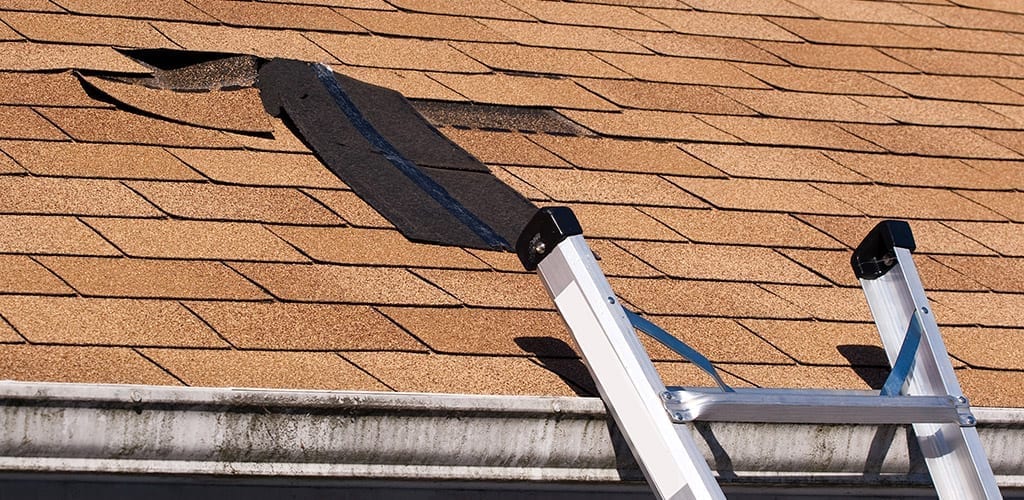Grasping the Art of Roofing Assessment: A Comprehensive Guide
In the world of building upkeep, roof assessment stands as a cornerstone of ensuring architectural stability and long life. From identifying subtle indicators of wear to carrying out proactive procedures, the art of roof covering evaluation holds the vital to averting expensive repair work and guarding the honesty of a building.
Importance of Roofing Inspections
Performing regular roofing examinations is paramount in making sure the architectural honesty and long life of a building. Roofing system assessments are crucial for identifying potential problems beforehand, preventing costly repair work or replacements down the line. By evaluating the condition of the roofing system, homeowner can deal with minor damages prior to they escalate into even more substantial troubles that can endanger the safety of occupants and the overall stability of the framework.
Moreover, normal roofing inspections can aid in keeping the performance of the building. A well-kept roofing adds to much better energy preservation by stopping leaks and warm loss, hence decreasing utility expenses. In addition, a roof in great condition boosts the total aesthetic allure of the residential or commercial property, potentially raising its value in the realty market.

Tools for Roof Covering Evaluation
Routine roofing evaluations need the utilization of details devices developed for extensive roofing system analysis to make sure very early detection of any prospective problems that might jeopardize the stability of the framework. One necessary tool is a ladder for risk-free access to the roofing, allowing examiners to very closely examine its problem. By using these tools, examiners can perform extensive analyses, ensuring the roofing's durability and architectural integrity.
Usual Roof Covering Problems
Recognizing typical roofing issues is important for preserving the architectural honesty and long life of a structure's roof covering. One common issue is roofing system leaks, which can be triggered by damaged tiles, improper installation, or bad flashing around roofing system infiltrations. These leakages can lead to water damage, mold growth, and jeopardized insulation if not addressed immediately. An additional usual trouble is sagging roof coverings, usually as a result of inadequate support or water damages weakening the roof's framework. This issue not only affects the roof's look yet likewise hop over to here postures safety and security threats if left unsolved.
Resolving these troubles immediately can avoid additional damages to the roof covering and underlying structure. Being cautious regarding these usual roof covering problems and addressing them without delay through expert examination and repair work can substantially expand the lifespan of a roofing.
Precaution Throughout Inspection
To ensure a comprehensive and risk-free roofing inspection procedure, it is essential to follow specific precaution that shield both the assessor and the integrity of the structure. Before beginning the examination, it is critical to wear appropriate personal protective equipment (PPE) such as non-slip shoes, a tough hat, gloves, and safety belt if operating at heights. Inspectors should also ensure that the weather conditions agree with, avoiding evaluations during rain, snow, or solid winds to prevent accidents.
In addition, utilizing a sturdy and effectively safeguarded ladder is necessary when accessing the roof covering. By complying with these safety procedures, inspectors can perform comprehensive roof covering analyses while prioritizing their wellness and the architectural honesty of the structure.
Roofing System Upkeep Tips
Ensuring appropriate roofing maintenance is vital for lengthening the life-span of the framework and avoiding costly repairs in the future. Clearing particles such as leaves, branches, and dirt from the roof surface area and seamless gutters is critical to stop water pooling and potential leaks.
Inspect the roof covering for missing out advice on, damaged, or raising roof shingles that could lead to water seepage. Attend to any concerns immediately to avoid additional damages. Look for signs of mold and mildew, algae, look what i found or moss development, especially in moist environments, and eliminate them to stop degeneration of the roof product.
Preserving excellent attic ventilation can aid regulate temperature level and prevent moisture accumulation, which can trigger mold and mold development. Normal maintenance not only extends the life of your roofing yet also secures your financial investment in the lengthy run.
Conclusion
